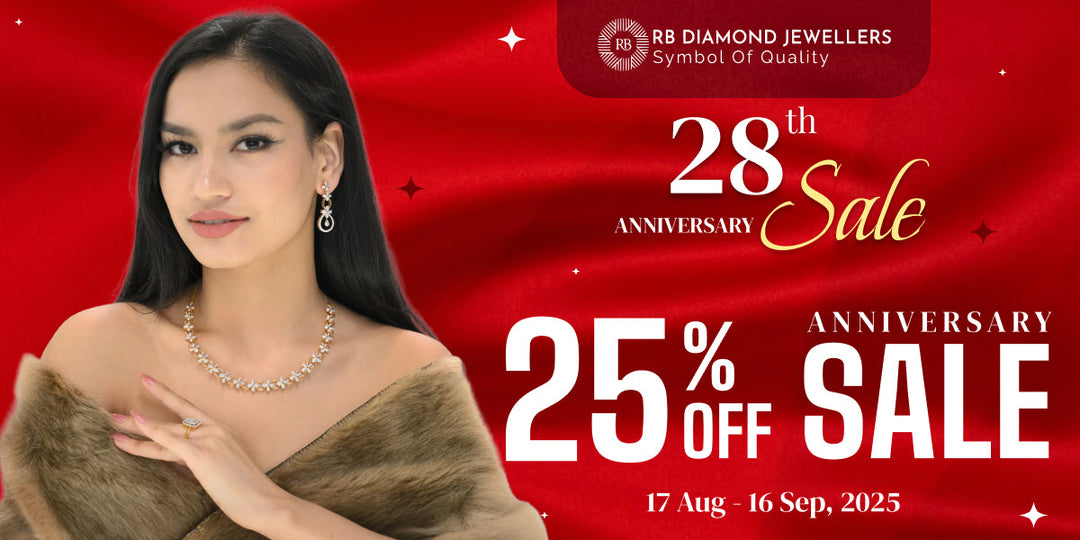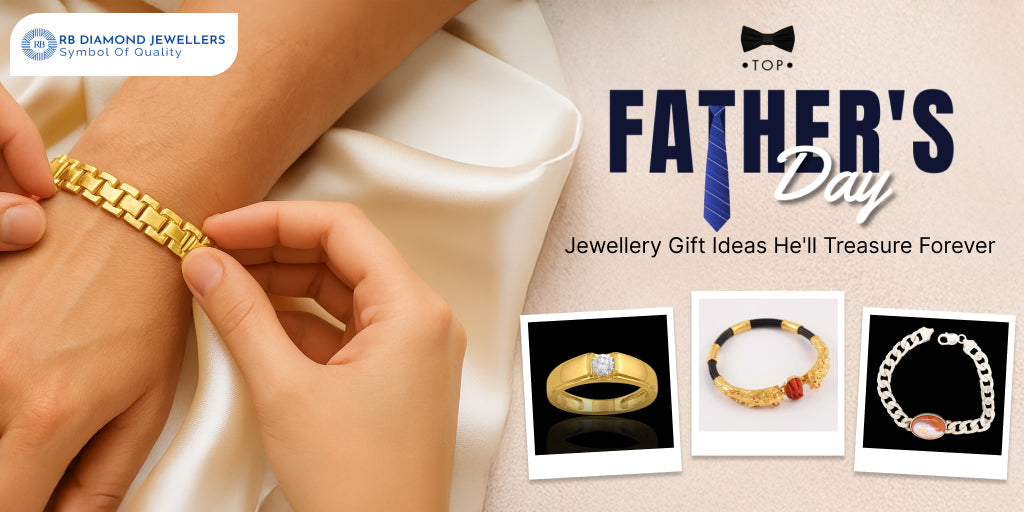WHITE GOLD AND RHODIUM PLATING
What is White Gold?
When Pure Gold is mixed with the most common alloys like palladium, nickel, and zinc, you get white gold. These alloys bring out the silvery-white colour to Pure gold.14K white gold contains 58.3% pure yellow gold, and 18K white gold has 75% pure yellow gold. All gold jewellery is alloyed or mixed with other metals to strengthen the metal because jewellery made from 100% pure gold (24K) is way too malleable for everyday wear.
What is Rhodium and Rhodium Plating?
Rhodium is an element, Rh, that is silvery-white and hard. It is one of the rarest and most valuable precious metals. Almost all white gold is plated with rhodium to give it a shiny silvery-white colour. All white gold is coated with a thin layer of rhodium, a tough metal that brings out the bright whiteness of the white gold and protects white gold from scratches and scrapes.Depending on the amount of wear to a piece of jewellery, the rhodium plating may wear off over time, revealing the original metal colour. Jewellery can be re-plated with rhodium to restore the whiteness if needed. Sterling silver can also be plated with rhodium for tarnish resistance.
Does white gold tarnish? Why does white gold turn yellow?
White Gold does not Tarnish. It turns yellow, which is its natural state when the rhodium plating wears off, which is very common. The rhodium plating wears off for many reasons, including exposure to chemicals, perfumes, sweat, and general day-to-day wear. The white gold jewellery should be brought to a jeweller to re-coat the jewellery with rhodium.




